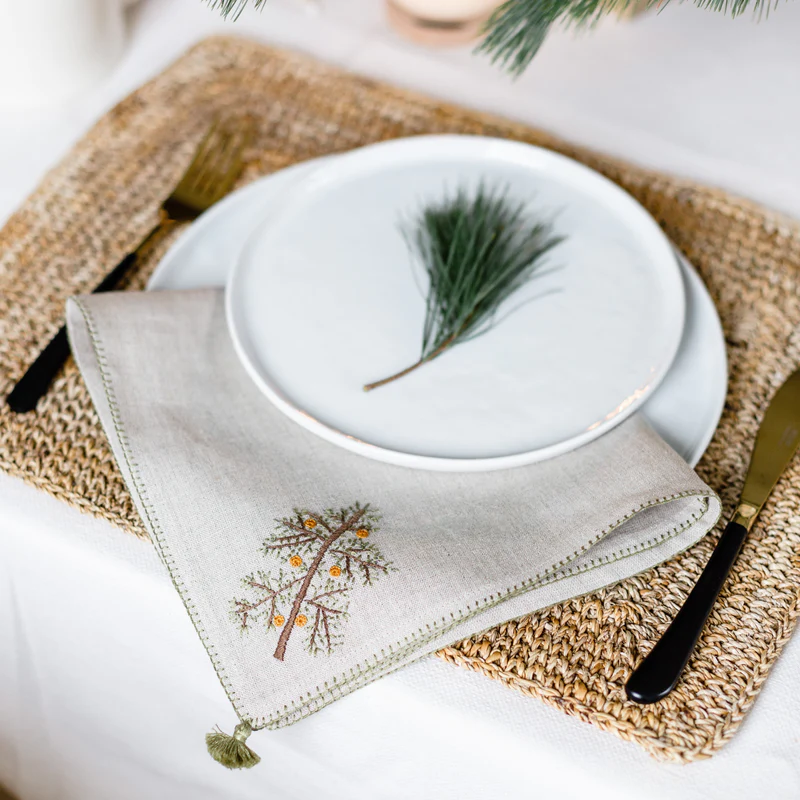Crafting Unique Napkin Sewing Projects for Stylish Home Decor
Dec . 30, 2024 04:12 Back to list
Crafting Unique Napkin Sewing Projects for Stylish Home Decor
The Art of Napkin Sewing Elevating Dining Experiences
In a world where the smallest details can make a significant impact, the art of napkin sewing has emerged as a beautiful and functional craft. A well-sewn napkin not only enhances the aesthetics of a dining table but also adds a personal touch to special occasions. With a blend of creativity and practicality, sewing napkins is becoming increasingly popular among both amateur crafters and seasoned seamstresses.
Why Napkin Sewing?
Napkin sewing allows individuals to choose fabrics, colors, and patterns that reflect personal style and the theme of an event. Unlike store-bought napkins, handmade creations can be tailored to fit specific table settings, making them a great choice for weddings, dinner parties, or holiday celebrations. By selecting high-quality fabrics such as cotton or linen, the final product can be both durable and elegant, elevating the overall dining experience.
Additionally, sewing napkins can be an eco-friendly alternative to disposable paper products. With growing awareness of environmental sustainability, many are looking to reduce waste. By creating reusable fabric napkins, not only is waste minimized, but they also provide an opportunity for guests to enjoy a more refined dining experience. Furthermore, these can be washed and reused, ensuring they remain stunning and practical for years to come.
Getting Started with Napkin Sewing
For those interested in diving into the world of napkin sewing, the process is relatively simple and requires only a few materials. Here’s a quick guide to help you get started
1. Materials Needed - Fabric (cotton, linen, or any preferred fabric) - Sewing machine or needle and thread - Fabric scissors - Measuring tape or ruler - Iron and ironing board
2. Choosing the Fabric - Select a fabric that complements your dining decor. Consider seasonal patterns, colors, or textures.
napkin sewing product

3. Measuring and Cutting - Determine the desired size for your napkins. A standard size is typically 18x18 inches or 20x20 inches. Measure and cut the fabric accordingly, allowing for a hem.
4. Hemming the Edges - Fold the edges of the fabric inward by about ¼ inch, pressing with an iron for crisp lines. Fold again to enclose the raw edge and pin in place. Sew along the edge to secure the hem.
5. Final Touches - Press the finished napkins with the iron to remove any wrinkles and enhance their appearance.
Beyond Basics – Adding Personal Touches
Once comfortable with the basics, one can explore various techniques to make napkins even more special. Techniques such as embroidery, appliqué, or fabric painting can infuse a personal touch into each piece. Personalized monograms or thematic designs can heighten the uniqueness of the napkins, making them perfect for special occasions.
Conclusion
Sewing napkins is not just about creating practical items; it is a form of artistic expression and a way to enhance the experience of dining. Whether for everyday use or special events, handmade napkins can transform a simple meal into an elegant celebration. By investing time in this craft, one not only saves money in the long run but also contributes to sustainability while creating unique pieces that can be cherished for years.
In a world increasingly dominated by disposable products, the return to handcrafted items is a refreshing trend. So pick up that fabric, unleash your creativity, and start sewing napkins that will not only serve a purpose but also tell a story at every gathering. Happy sewing!
-
100 Washed Duvet Cover Set with Embroidery Border
NewsAug.08,2025
-
Premium Indian Block Print Linen Napkins | Wholesale & Wedding
NewsAug.07,2025
-
China 100 Cotton Napkin Towel, Bedding & Curtains | OEM
NewsAug.06,2025
-
100% Stonewashed French Linen Bed Sheets | Soft Luxury
NewsAug.04,2025
-
Wholesale Bamboo Bed Sheet Sets | Eco-Luxury Comfort
NewsAug.01,2025
-
Premium Stone Washed Fabric - Soft & Durable Style
NewsJul.31,2025
